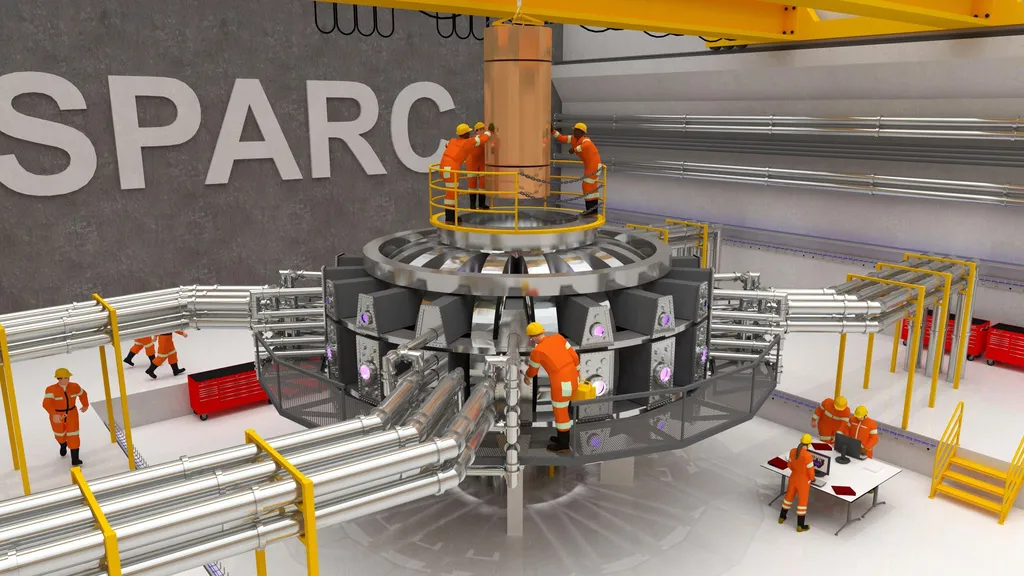In the relentless pursuit of clean, sustainable energy, nuclear fusion stands as a beacon of promise. Recent research published in the journal “Published in Fusion” sheds new light on the potential of the SPARC tokamak, a compact fusion device designed to achieve net energy gain. The study, led by Dr. Marco Muraca of the MIT Plasma Science and Fusion Center, explores the impact of various modeling assumptions on the predicted performance of SPARC, offering valuable insights for the future of fusion energy.
The research team conducted an extensive sensitivity study, varying key input parameters such as tungsten (W) concentration, deuterium-tritium (DT) mixture concentration, temperature ratio at the top of the pedestal, and deviation of pedestal pressure from predictions. This comprehensive approach allowed them to assess the variability in SPARC’s H-mode confinement predictions.
“Our goal was to understand how different assumptions affect the performance predictions,” explained Dr. Muraca. “By performing these sensitivity studies, we can better navigate the complexities of plasma physics and optimize the design of SPARC.”
The study revealed that the ratio of ion to electron temperature at the top of the pedestal and the pedestal pressure had the most significant impact on the fusion gain (Q). Fusion gain is a critical metric, representing the ratio of fusion power produced to the external power input. Achieving a Q greater than 1 signifies net energy gain, a milestone for fusion energy.
For the primary reference discharge (PRD) at 12.2 Tesla, the researchers found that with a tungsten concentration below a certain threshold, a fusion gain of Q > 5 could be consistently achieved with 11 megawatts of auxiliary power. Increasing the input power to maintain H-mode conditions ensured Q > 2. These findings are encouraging, demonstrating the potential of SPARC to produce significant fusion power.
Moreover, the study showed that at a reduced magnetic field of 8 Tesla, SPARC could access an operational window with Q > 1 and low tungsten concentration. This scenario is particularly interesting as it could facilitate breakeven conditions, where the energy output equals the energy input.
The implications of this research are profound for the energy sector. As Dr. Muraca noted, “Understanding these sensitivities is crucial for designing and operating future fusion devices. It helps us make informed decisions and improve the economic viability of fusion energy.”
The study highlights the importance of sensitivity studies in plasma physics and fusion research. By exploring the impact of different modeling assumptions, researchers can refine their predictions and optimize the performance of fusion devices. This, in turn, brings us closer to the realization of commercial fusion energy, a clean and virtually limitless power source.
As the world grapples with the challenges of climate change and energy sustainability, the pursuit of nuclear fusion has never been more urgent. The insights gained from this research not only advance our understanding of plasma physics but also pave the way for future developments in the field. With continued innovation and collaboration, the dream of harnessing the power of the stars may soon become a reality, revolutionizing the energy sector and securing a sustainable future for generations to come.

